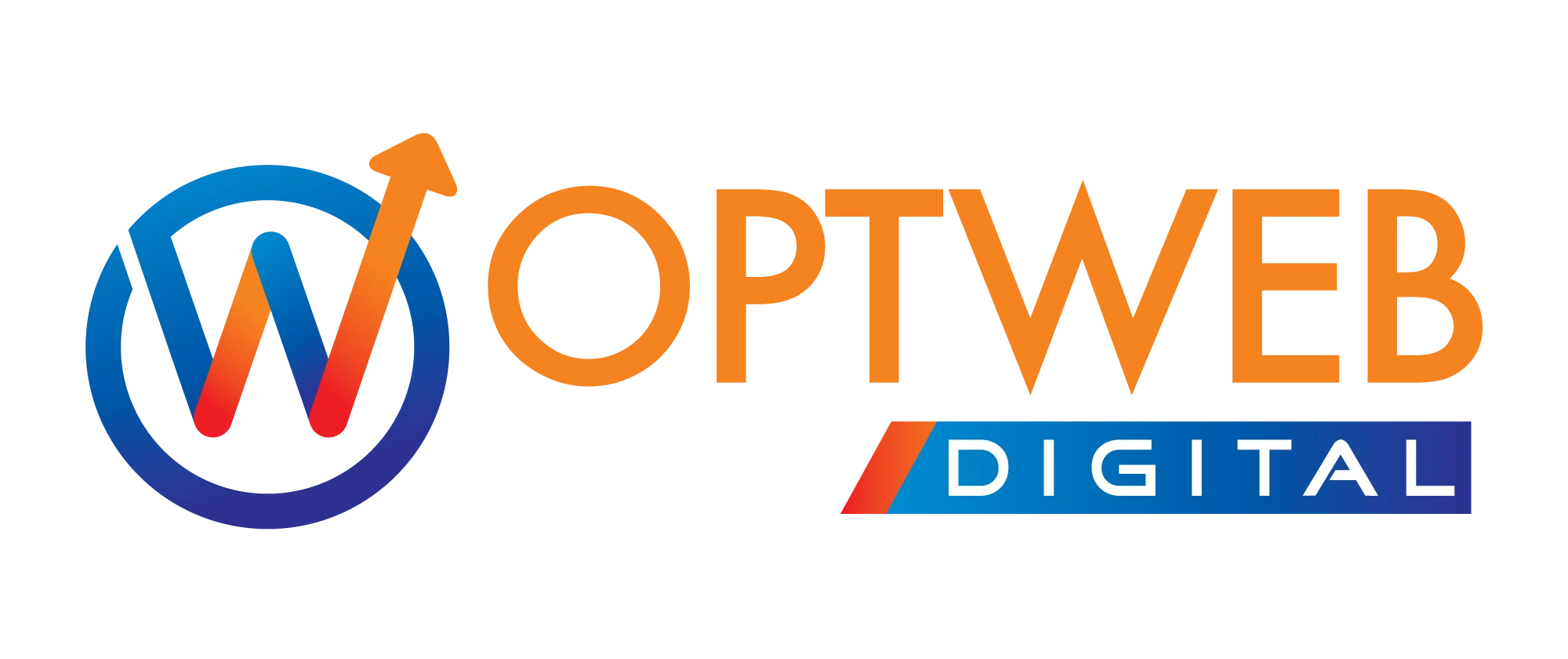Insights That Drive Digital Success

SEO
Why Google Isn’t Indexing Your Site: Common Issues and Beginner Solutions
Online presence of your website depends critically on indexing. If Google is not indexing your website, search results will not...

Developing
Retargeting
Social Media
How To Use AI to Boost Your SEO and Rank High in Google
Did you know that over 90% of all online experiences begin with a search engine? Picture this: countlessusers embark on...

Developing
Retargeting
Social Media
Beyond Basics: The Essential SEO Concepts You Can’t Ignore Today 2023
Did you know that Google processes over 3.5 billion searches per day? Now, imagine your business having the potential to...

Developing
Retargeting
Social Media
Small Budget, Big Impact: Choosing the Right Digital Marketing Agency for Growth
Imagine this: You're the proud owner of a small business, navigating the vast landscape of the online market. Your dreams...
